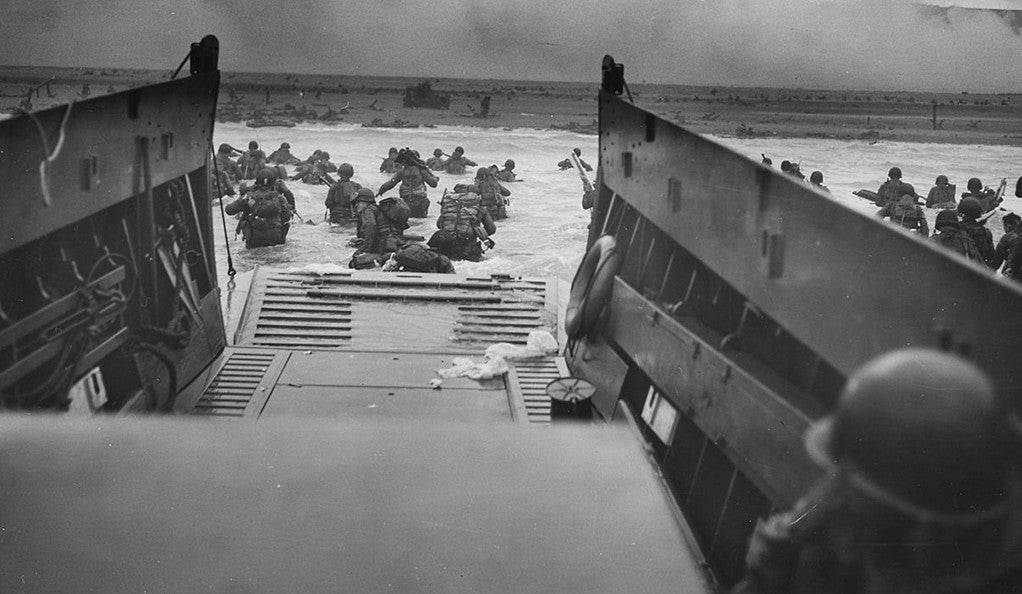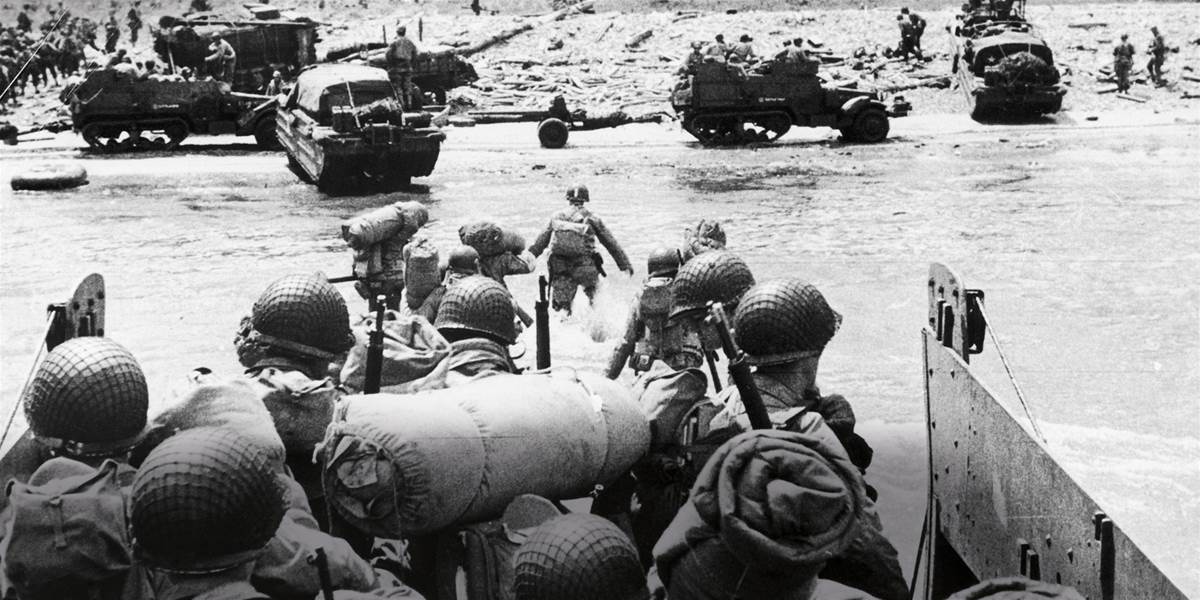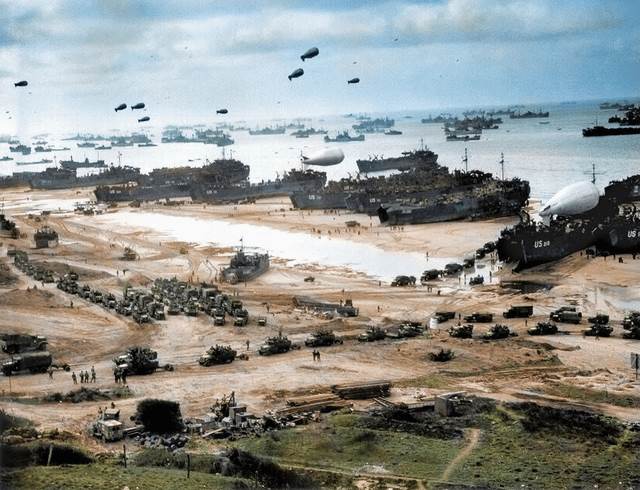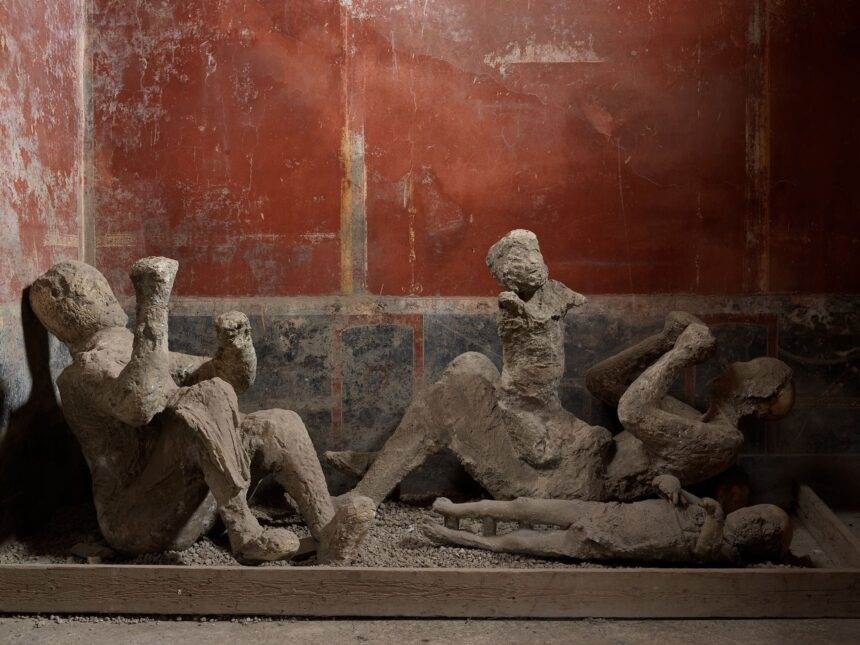
A Morning of Horror
On the overcast morning of June 6, 1944, the Allied forces launched one of the most ambitious operations of World War II: **Operation Overlord**.
This daring invasion aimed to breach Hitler's "Atlantic Wall" and free Europe from Nazi control. Among the five designated landing zones, **Omaha Beach** became infamous for its brutal resistance and devastating casualties.
The Battle Begins
As the **Higgins boats** approached Omaha Beach, American soldiers faced a nightmare. The rough seas had already weakened them, and the weight of their waterlogged gear dragged some to their deaths. Those who made it ashore were met with relentless machine-gun fire from German fortifications on the bluffs above.
**"There are two kinds of people who are staying on this beach,"** bellowed a senior officer, **"those who are dead, and those who are going to die. Now let’s get the hell out of here!"** Despite the overwhelming odds, pockets of men managed to inch forward, neutralizing the enemy strongholds one by one.

The Deception That Saved the Day
The success of D-Day was not just a matter of courage; it also hinged on a brilliant deception plan known as **Operation Fortitude**.
The Allies created a fictitious army, complete with dummy tanks and barracks, to convince the Germans that the invasion would occur at Pas-de-Calais. **General George S. Patton**, a highly respected and feared commander, was said to be leading this phantom force. The ruse worked. The German High Command, along with Field Marshal Erwin Rommel, kept their strongest units far from Normandy, allowing the Allies to establish a crucial foothold.
Storming the Beaches
Under the cover of darkness, **23,000 paratroopers** and glider-borne infantry landed behind enemy lines.
Their mission was to seize key bridges and crossroads, creating chaos and paving the way for the main amphibious assault. As the sun rose, the scale of the deception became apparent. German forces were slow to respond, still convinced that the main attack would come at Calais. This critical delay allowed the Allies to pour thousands of troops onto the beaches.

The Price of Freedom
The victory at Normandy came at a staggering cost.
On Omaha Beach alone, an estimated 2,000 Americans were killed or wounded within the first hours of the invasion. **The American cemetery in Colleville-sur-Mer** stands as a solemn reminder of their sacrifice. The endless rows of marble crosses and Stars of David mark the graves of those who gave their lives for freedom. It’s a place of profound reflection, a stark contrast to the violence that once engulfed it.
Unforeseen Consequences
The Germans' failure to counterattack quickly gave the Allies a significant advantage.
Within weeks, the liberation of France was underway. By August, **Paris was freed**, and German forces were in retreat. Operation Overlord and the deception of Operation Fortitude had turned the tide of the war, leading to the eventual defeat of Nazi Germany.

Reflecting on the Sacrifice
Visiting the Normandy beaches and the American cemetery brings the enormity of the sacrifice into sharp focus. The bravery displayed by those young soldiers, many of whom were barely out of their teens, is a testament to the human spirit's resilience.
**"What thoughts must have crossed their minds as they stormed those beaches?"** It's a question that lingers, inviting us to reflect on the cost of freedom and the courage it demands.
As we honor the heroes of D-Day, consider this: What would you have done in their place?** Share your thoughts and join the conversation about this pivotal moment in history. Your reflections not only honor their memory but also keep the lessons of their sacrifice alive for future generations.



















